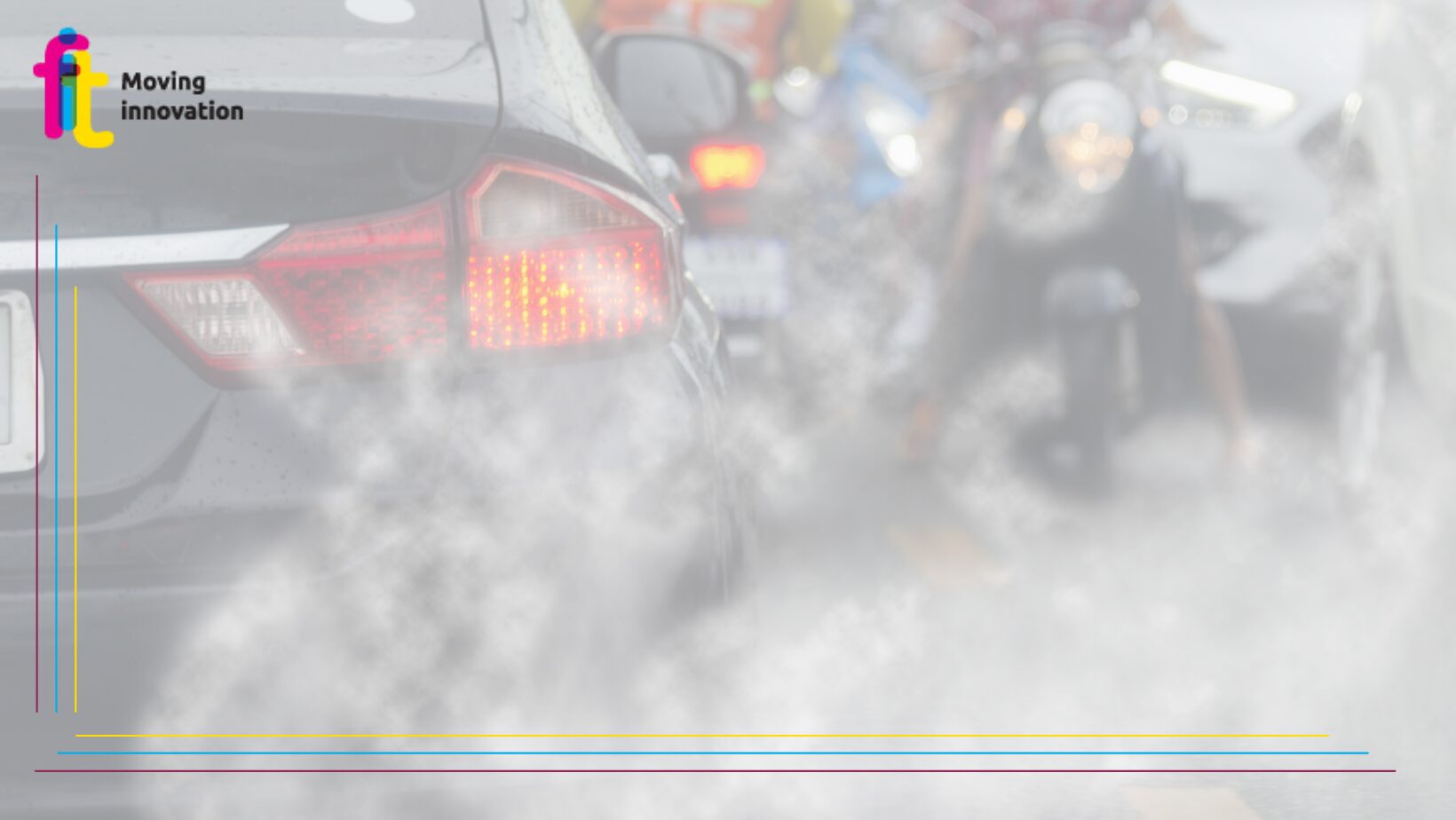Transport, emissions are increasing instead of decreasing. Presented the ISPRA Report 2024
Bad news for sustainable mobility in Italy. Emissions from the transport sector continue to increase: from 1990 to 2022 there was a +7%, value in contrast to all other economic sectors, which, on the contrary, recorded marked reductions, with the exception of waste.
These are the official ISPRA data from the latest edition of the ISPRA Report ‘Greenhouse gas emissions in Italy. Reduction targets to 2030’., which provides the national emission picture and an assessment of greenhouse gas emission trends.
Transport is said to be responsible for 26 per cent of total CO2 emissions nationwide. More than 90% depend on road transport.
But why does the transport sector – despite everything – still pollute so much? In the numbers given in the ISPRA report, an initial answer can be discerned.
In 2022, it is estimated that more than 85% of total car journeys will be made by conventionally fuelled vehicles. In particular, 27% were petrol cars and 59% diesel cars, while 7% were LPG cars and 2% natural gas cars.
With regard to electric and hybrid, the report records that 4 per cent of journeys were made by petrol-electric hybrid cars, 0.8 per cent by diesel-electric hybrid, and only 0.3 per cent by all-electric cars.
The transport sector, however, is not the only one to register an increase in emissions: the energy production, residential and manufacturing sectors are, in the reporting period, the ones that contribute about half of the national climate gas emissions. In order, 23%, 18% and 13%.
Moreover, even with regard to the national targets set by the Effort Sharing regulation (which envisages a 43.7% reduction in emissions from transport, residential – i.e. heating of buildings – agriculture, waste and non-Emission Trading System industry compared to 2005), the failure to reduce transport and residential emissions has led to Italian emission levels progressively approaching the maximum allowed ceilings, until they are exceeded in both 2021 (4.6 MtCO2 equivalent) and 2022 (5.5 MtCO2 eq).
It will not get any better with the data available from next year: the preliminary estimates for 2023, while observing a drop in total emissions of about 26 MtCO2eq (- 6.2% of the total), mark the permitted limit (12.9 MtCO2eq) being exceeded. This result is mainly due to the lack of reduction of greenhouse gas emissions from road transport, which, despite European directives, continue at the high emission levels of 2014, thus leading to the ceiling being exceeded.
Source: ISPRA








